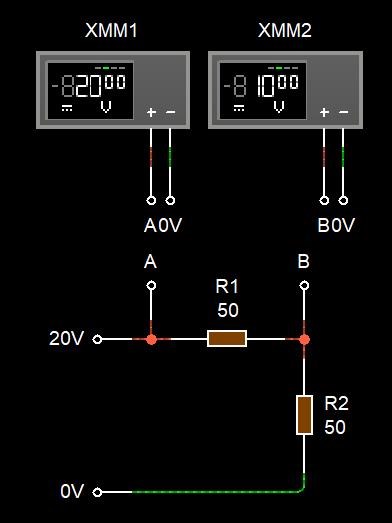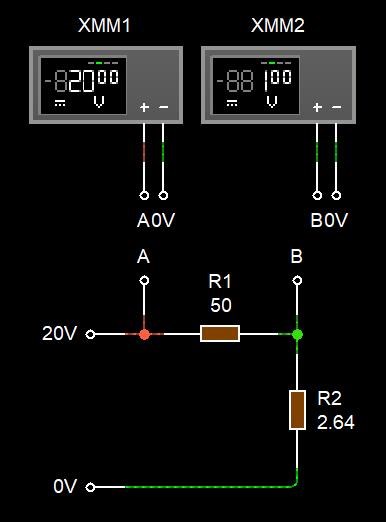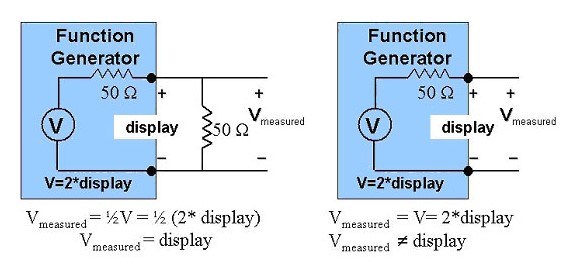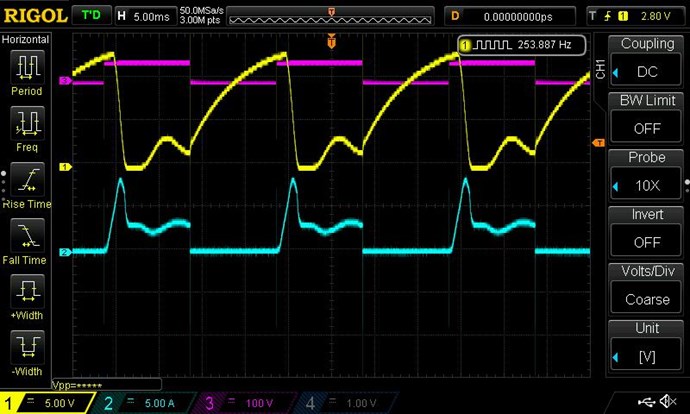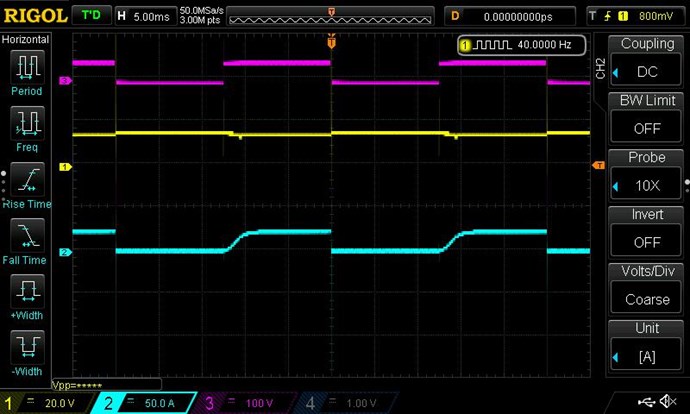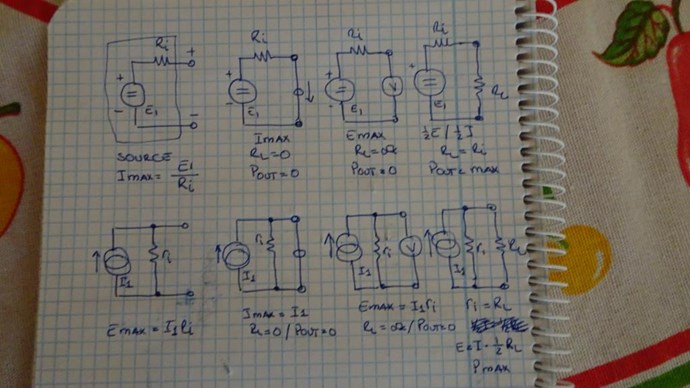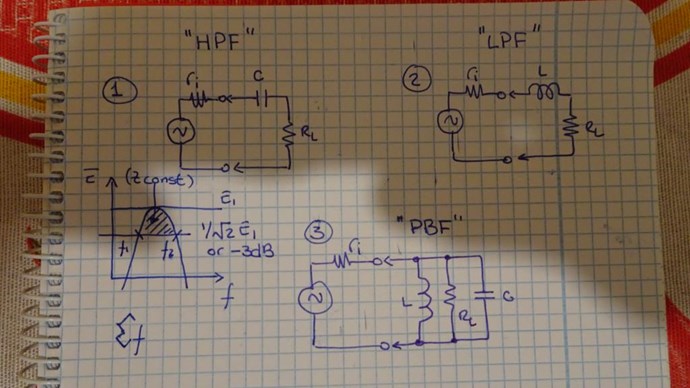My Friends,
We perhaps should have covered Impedance Matching already. Today I want to cover Impedance Matching.
Note: This topic started here.
Here is the basic definition:
In electronics, impedance matching is the practice of designing the input impedance of an electrical load or the output impedance of its corresponding signal source to maximize the power transfer or minimize signal reflection from the load.
Ref Wikipedia
I have struggled with Impedance Matching. I know the basics. I know about Impedance Matching in Antenna Theory. But when it comes to our machines, I find this concept hard, I don't know why?
Normally, in our Machines, shorting the Output, makes the Input Current Reduce, go down, not go Up! So we have a reverse Effect, the Input Impedance goes up and not down which we would normally expect. This is what Floyd Sweet saw, see here: "Impedance inside the field goes way up to hundreds of thousands of ohmmeter"
Many very smart people here, so please give us your opinion and ideas so we can clear this topic up quickly and help everyone understand this topic quickly and easily.
Impedance
Impedance is the DC and AC Resistance, measured in Ohms ( Ω ).
DC Resistance is the I2R Losses, measured on your Digital Multi Meter as Resistance.
AC Resistance is the Resistance "created" by Changing Magnetic or Electric Field, depending on your aspect View.
For Example, take a Transformer, the Input AC Voltage is 20 Volts, the measured DC Resistance is 18.8 Ohms:
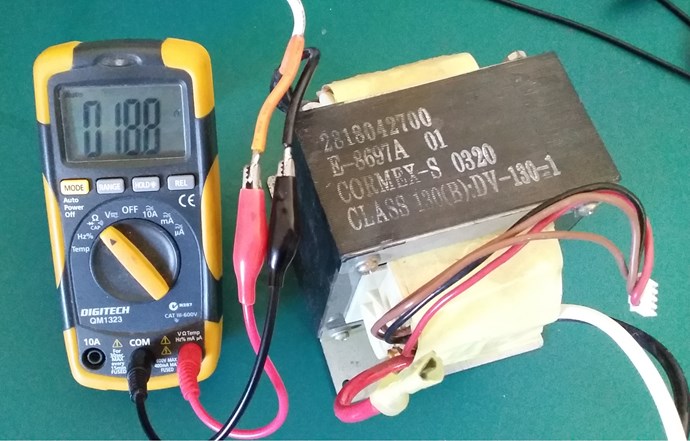
Now we connect our input, and we measure the Current:
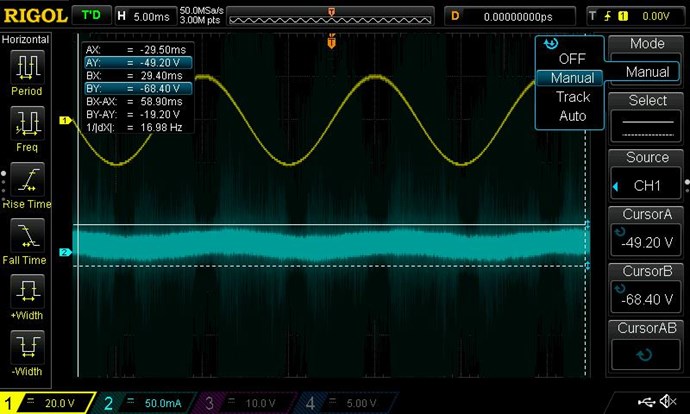
I have lots of noise in there, but the Probe is on 1x and the Scope set to 50mA on Channel 2. But, we are using no Current: < 50mA pk to pk x 0.707 = 35.35mA's
Now, mathematically, Ohms Law, Current I = Voltage V / Resistance R, so 20 / 18.8 = Current of 1.06 Amperes. We don't get this, we get less than 35.35mA's, that's a difference of: 1.06 / 0.03535 = 29.98 times.
At 20 Volts, and a Current of 35.35mA's, we have a total Impedance of: 565.77086 Ohms.
So where did: 565.77086 - 18.8 = 546.97086 Ohms come from? This is the AC Resistance.
Impedance Z = 18.8+j546.97086. This means, the Impedance ( Z ) has two components, DC+jAC, +j is the Imaginary number and can be -j in some situations.
The Input Coil creates its own Resistance, due to Self-Inductance between the Turns, this Inductance, and the Change of Current, between the Turns, creates a Voltage in reverse to the Input Voltage. In other words, Back-EMF:
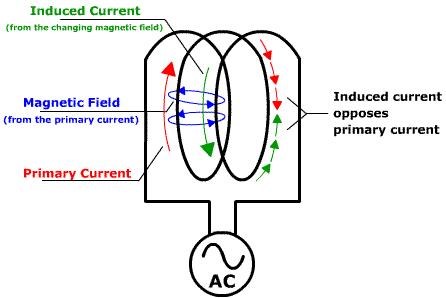
All this we know, from other threads, including The Reduced Impedance Effect.
In laying out Impedance, we must realise this is not Impedance Matching!
Impedance Matching
Radios, lets use a CB Radio, has a Matched Antenna Impedance with the CD Radio Output Impedance, the CB Radio has an Output Impedance the the Antenna must match this Impedance. Lets say 50 Ohms or 75 Ohms:
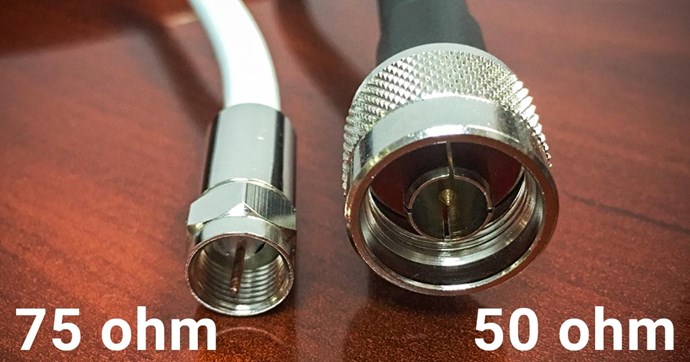
Or, lets look at an Audio Amp and Speaker:
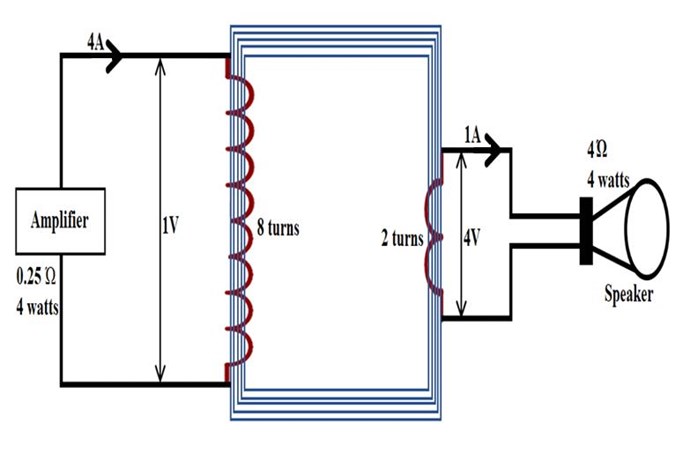
Ref: circuitdigest.com
Please Note: I don't agree with the labeling, 1V 4A 8 Turns vs 4V 1A 2 Turns?
If you are an RF Design Engineer or anyone who has worked with Wireless Radios, the term “Impedance Matching” should have struck you more than once. The term is crucial because it directly affects the transmission power and thus the range of our Radio modules.
Ref: circuitdigest.com
So, the Input Impedance must Match the Output Impedance. Impedance Z = V / I, again this is Ohms Law.
In our Transformer example above, if I short the Output, then the Impedance changes. The Input will go up:
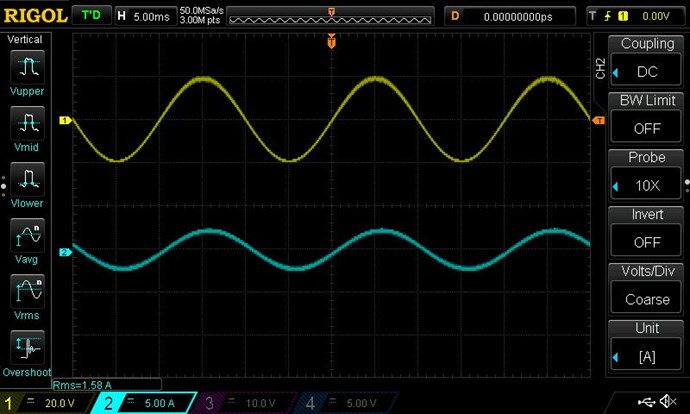
Now we have a very different input Current! The RMS Current read: 1.58 Amperes on the Input
NOTE: 1.58 Amperes on the Input is higher than the 1.05 Amperes predicted by Ohms Law using the DC Resistance 18.8 Ohms! It gives us: 12.66 Ohms!
Now, in our example, we see very clearly that the Impedance changes depending on the load. If our Input, the Amplifier supplying the 20 Volts to the Transformer was only good for 1 Amp maximum and not the 1.58 Amperes, then we would be over driving the Amplifier. The Amplifier would heat up and fail.
A short Circuit on the Output represents Maximum Load, and Minimum Impedance, or Zero Ohms. If I placed a 1 Ohm Resistor on the Output, then the Input Current would drop down. Similarly, if I placed a 10 Ohm Resistor on the Input Current would drop even further.
This Resistance changes the Current Flow due to Ohms Law, V / R = I.
So, to make sure our Amplifier survives, and we don't blow it up, we must match the Output to the Input. This is called Impedance Matching, its how I understand it at least.
So, if the Amplifier could only supply 20 Volts at 1 Ampere, that's an Output Impedance of: 20 Ohms.
Out Load Impedance must not draw more than that. With our output Short Circuited, we Draw 20 Volts x 1.58 Amperes = 12.66 Ohms as pointed out above, not a matched Impedance.
I should point out, The Output Voltage changes depending on Load Impedance:
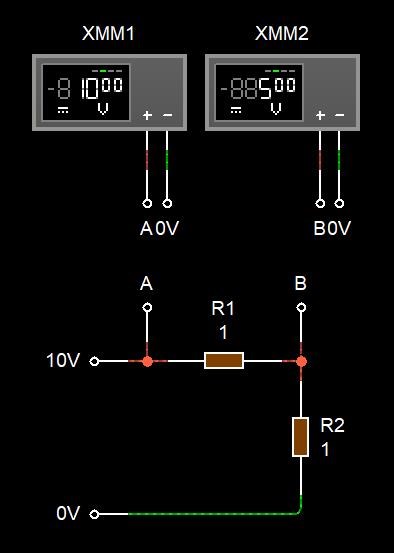
Where:
- R1 represents the Input Impedance.
- R2 Represents the Output Impedance.
There is more to the whole thing than just this example. So I have perhaps over simplified Impedance Matching some what. I hope, non the less, that this helps!
Please Note: In the above example, I show the DC Impedance, not the AC as was pointed out above. The total Impedance is AC and DC, remember DC+jAC = Z, not just DC, so my example is not entirely correct and functional in its total Mathematics. Thanks Jagau for pointing this out. You are right, its not entirely clear. ![]()
Please correct any mistakes and post your contributions and advancements.
Best wishes, stay safe and well My Friends,
Chris








